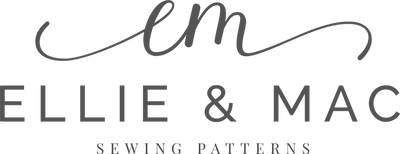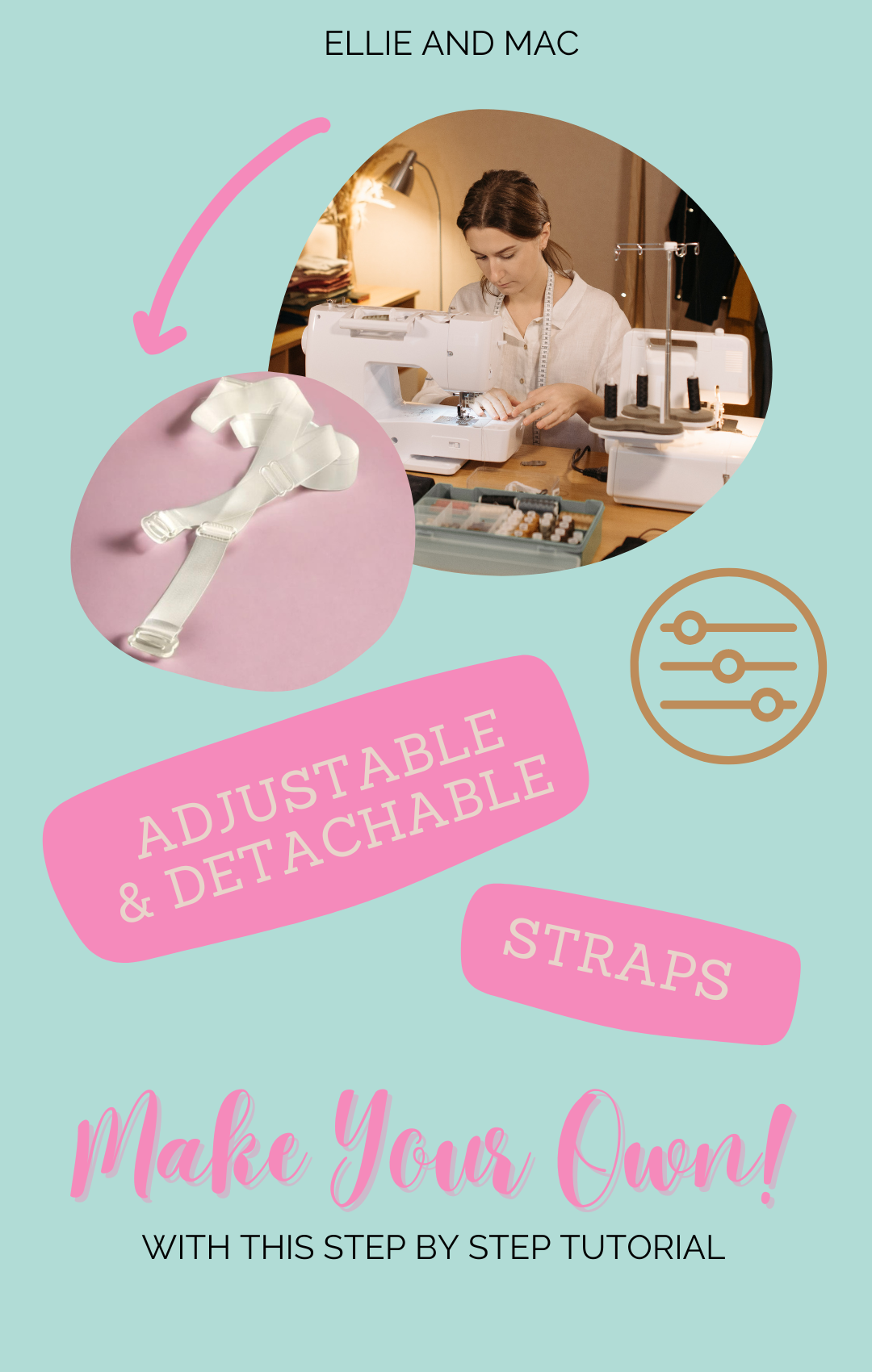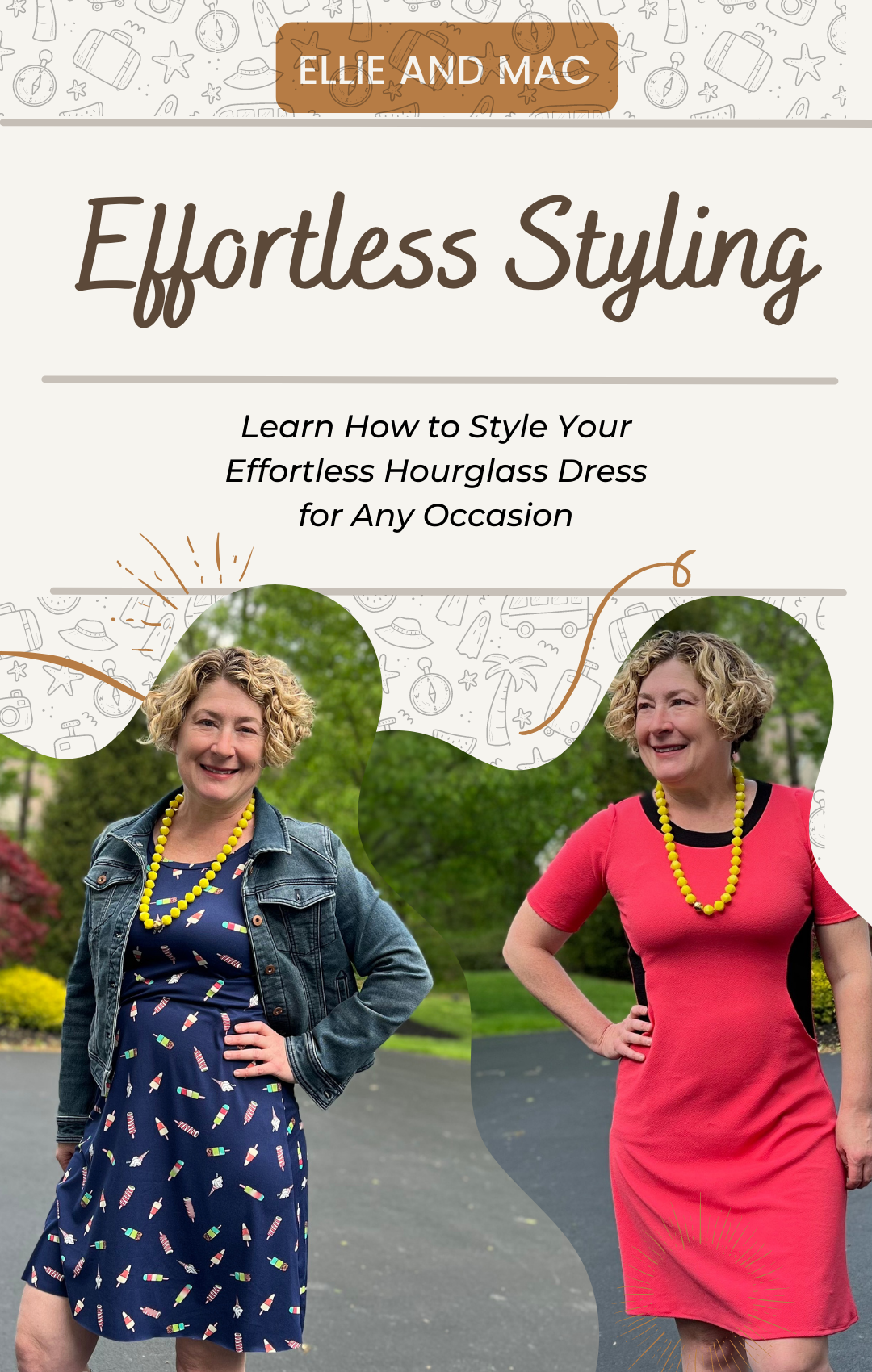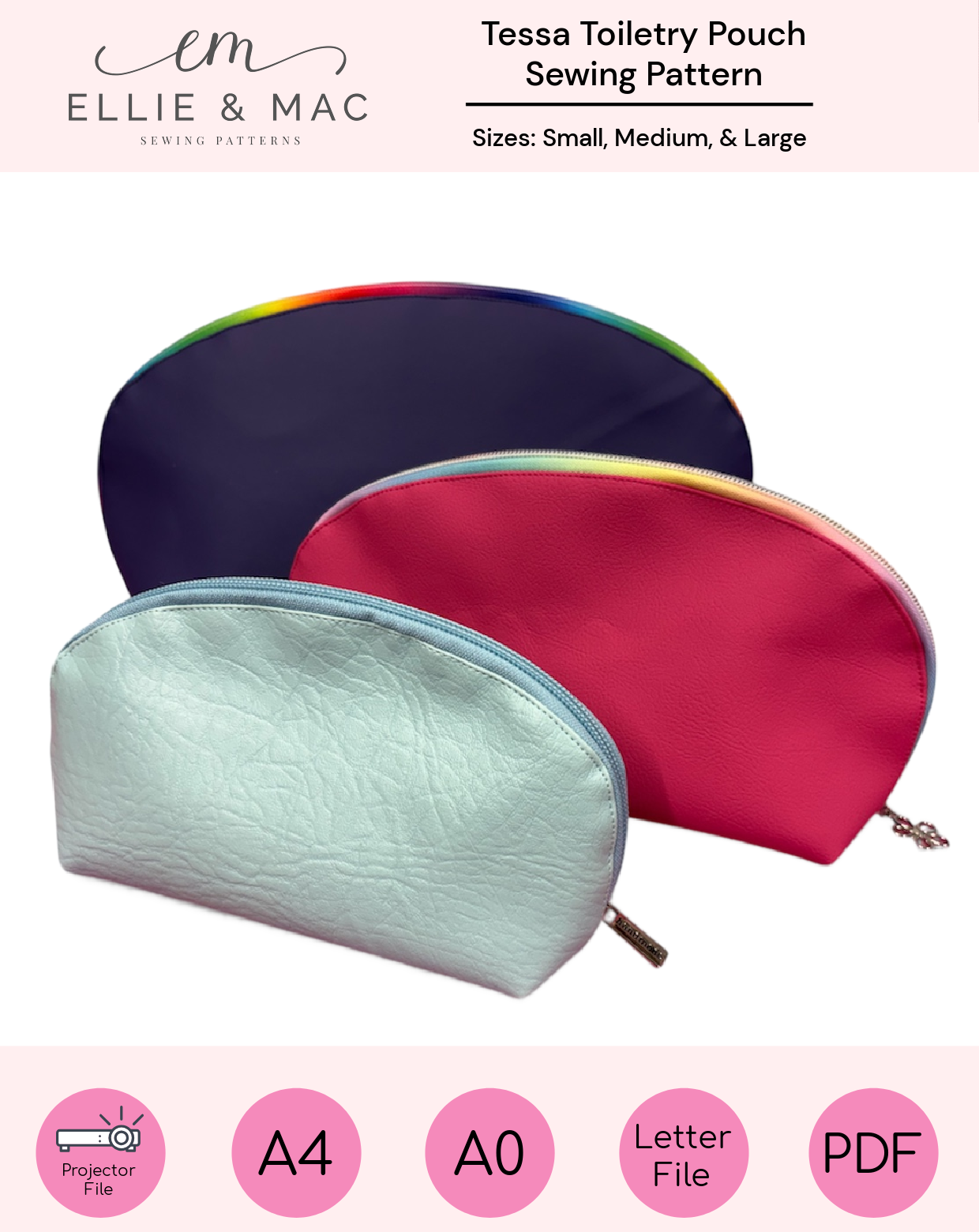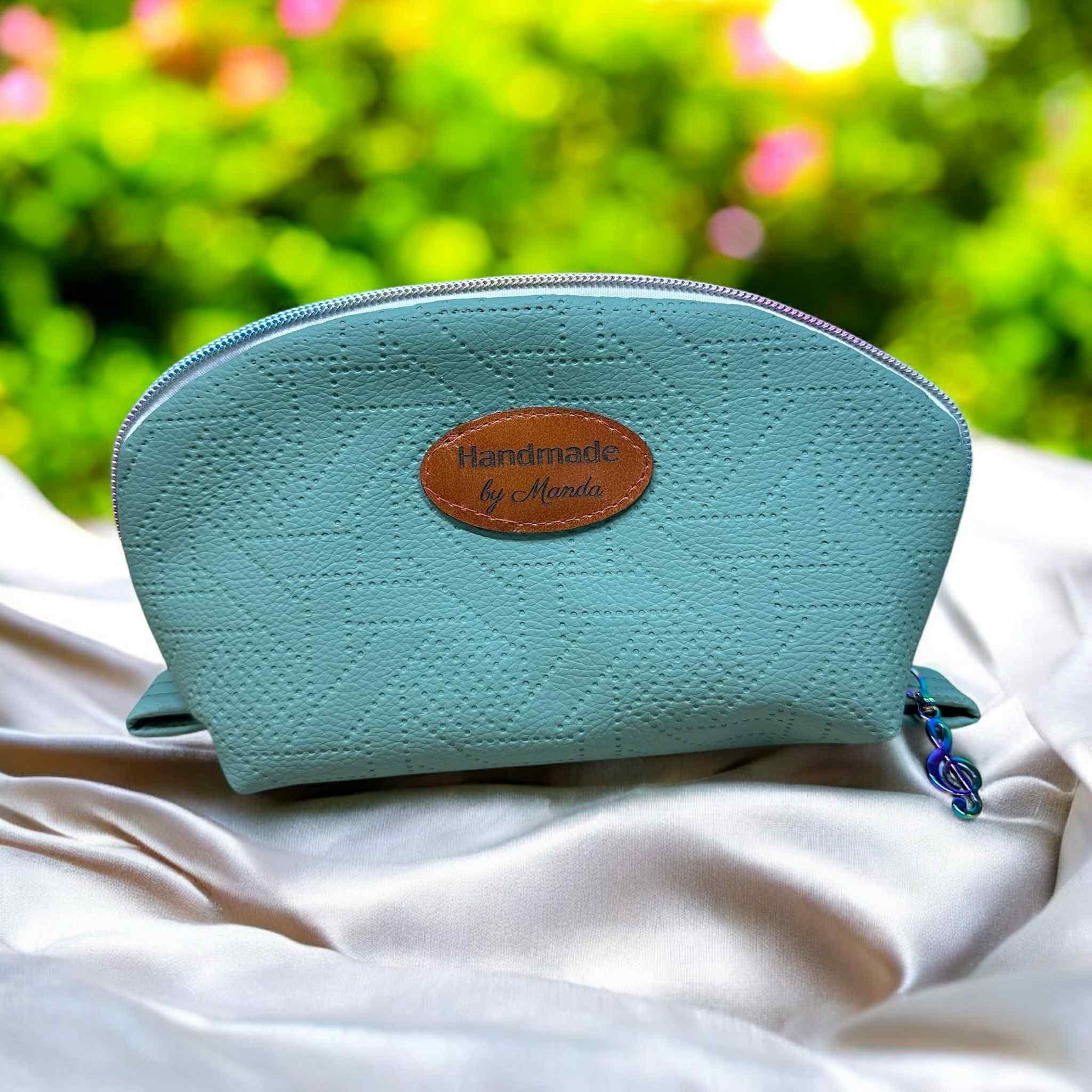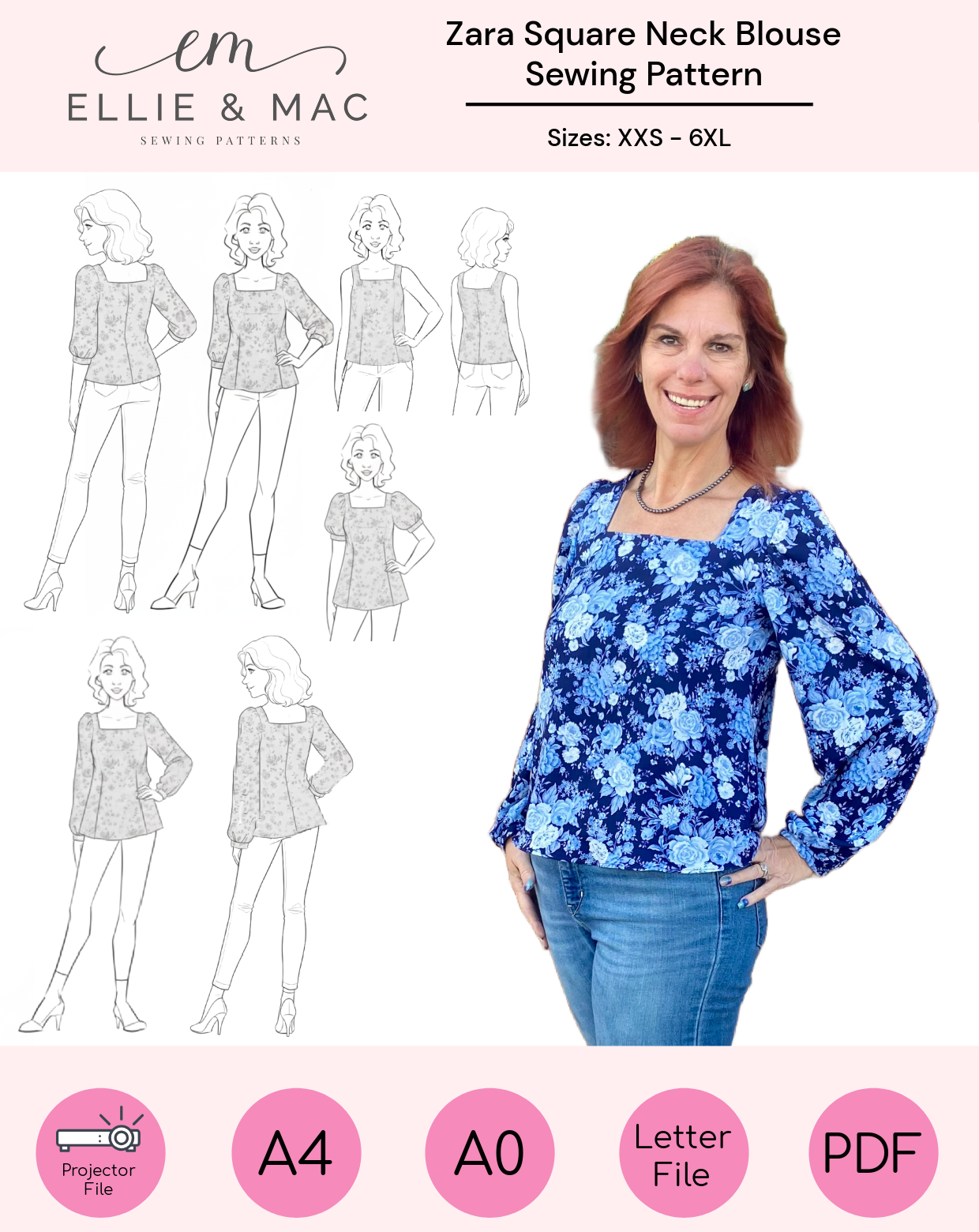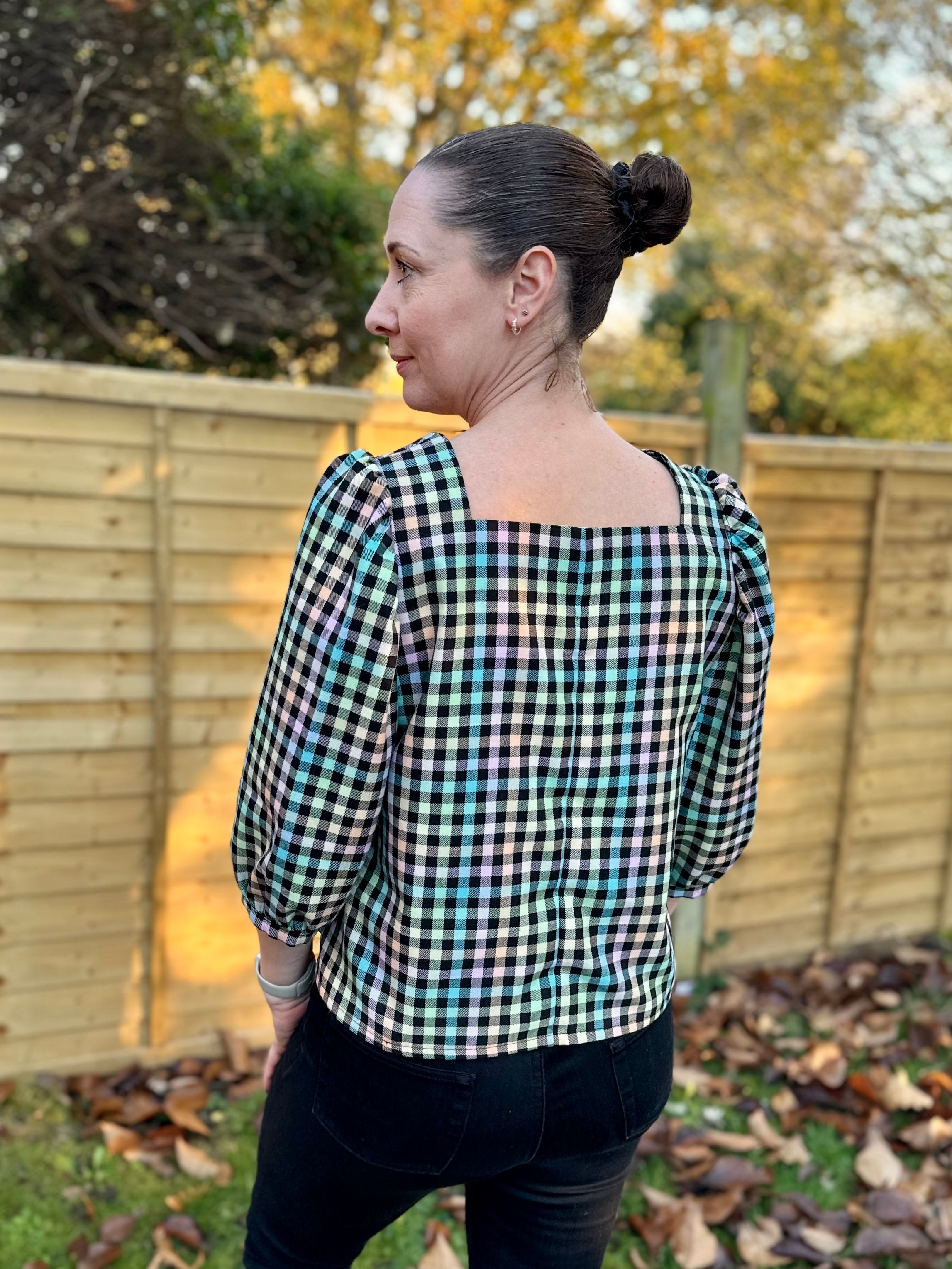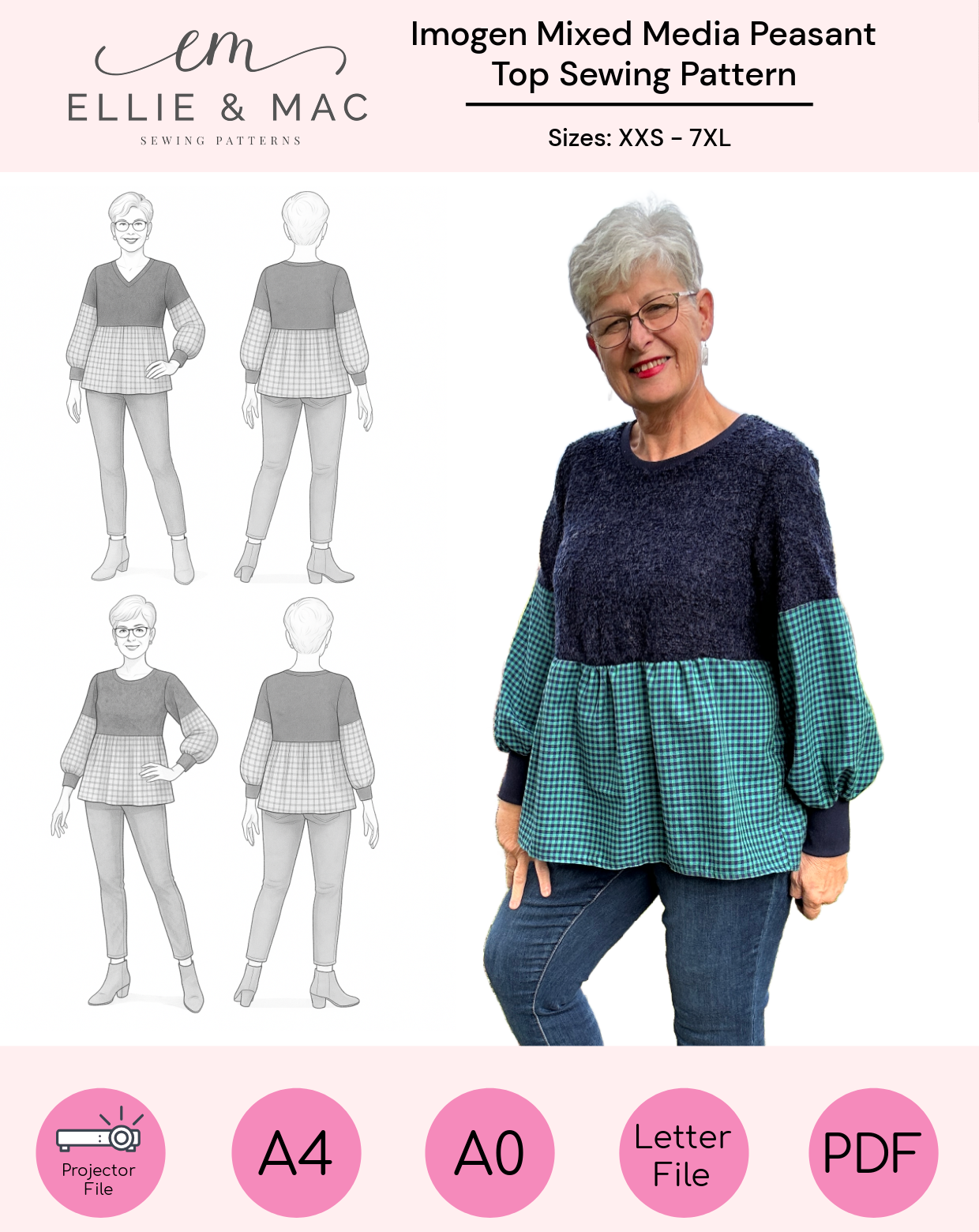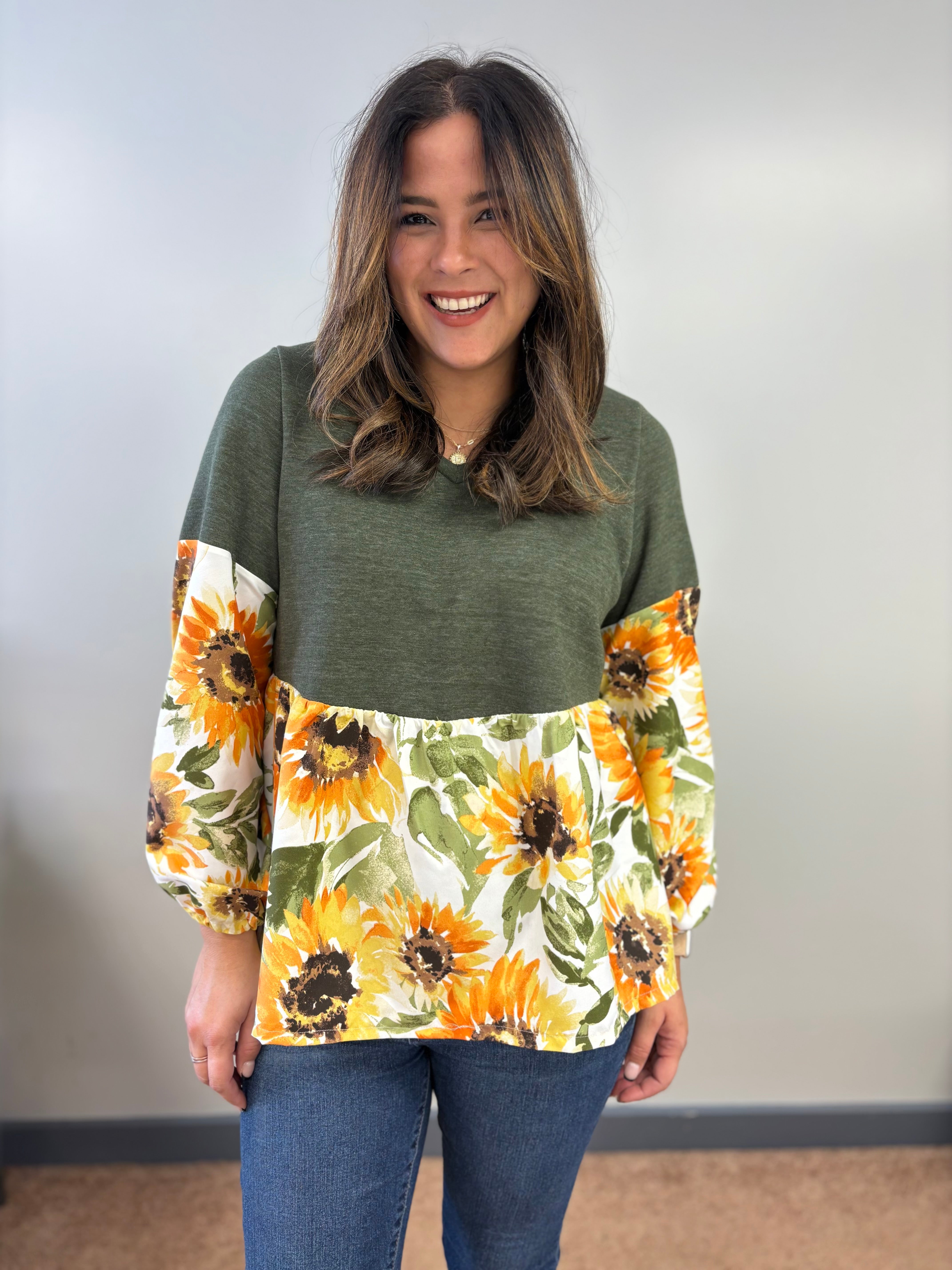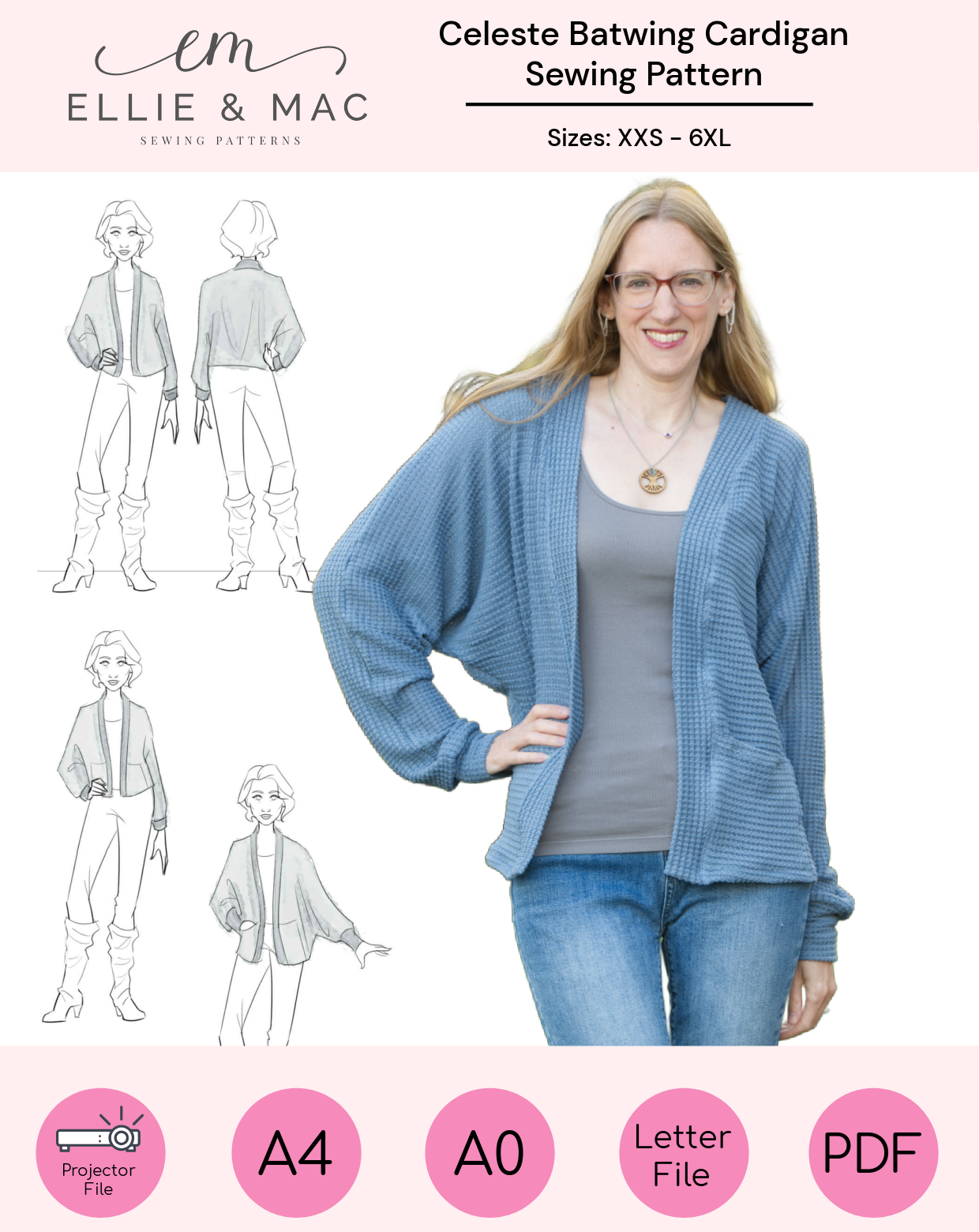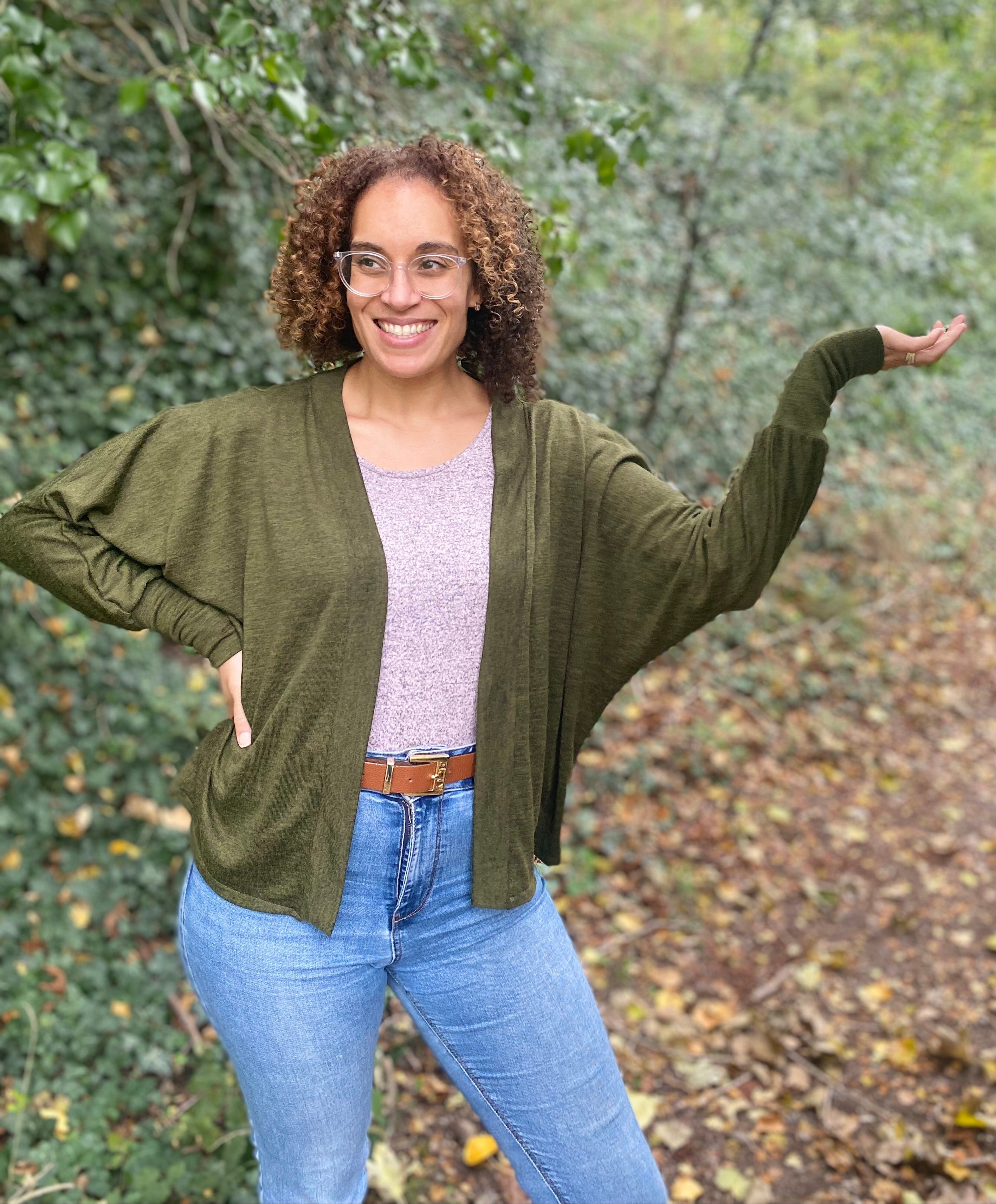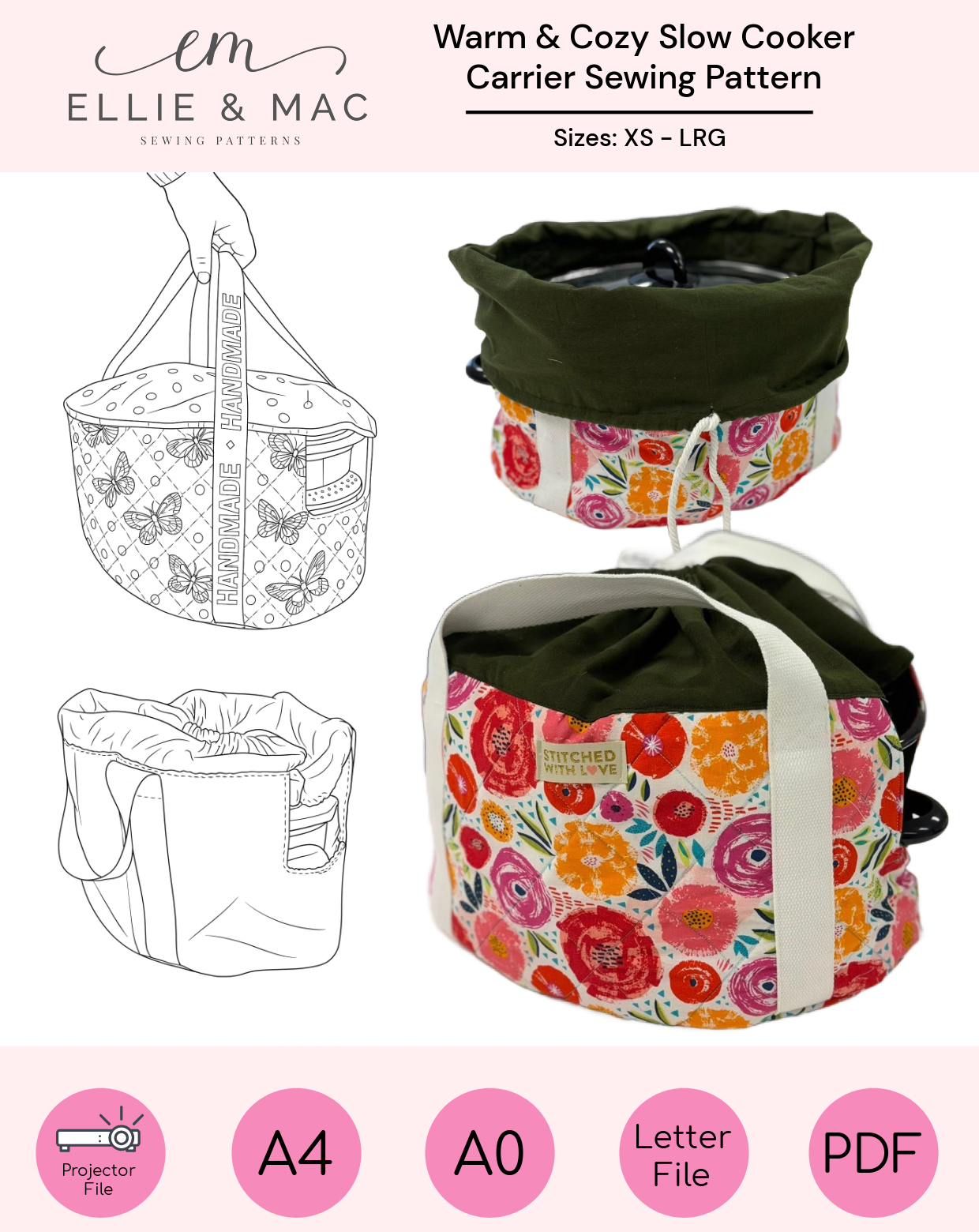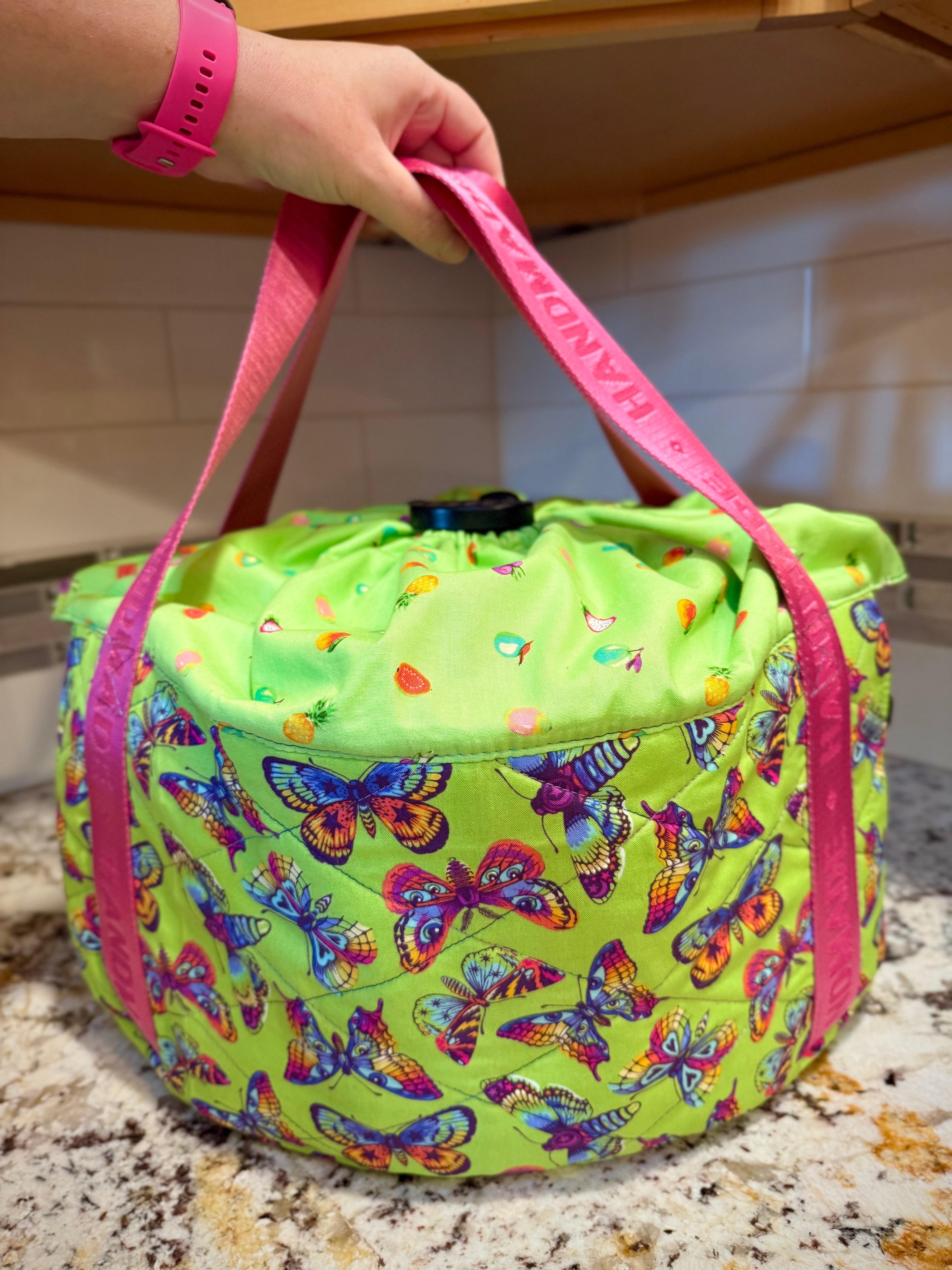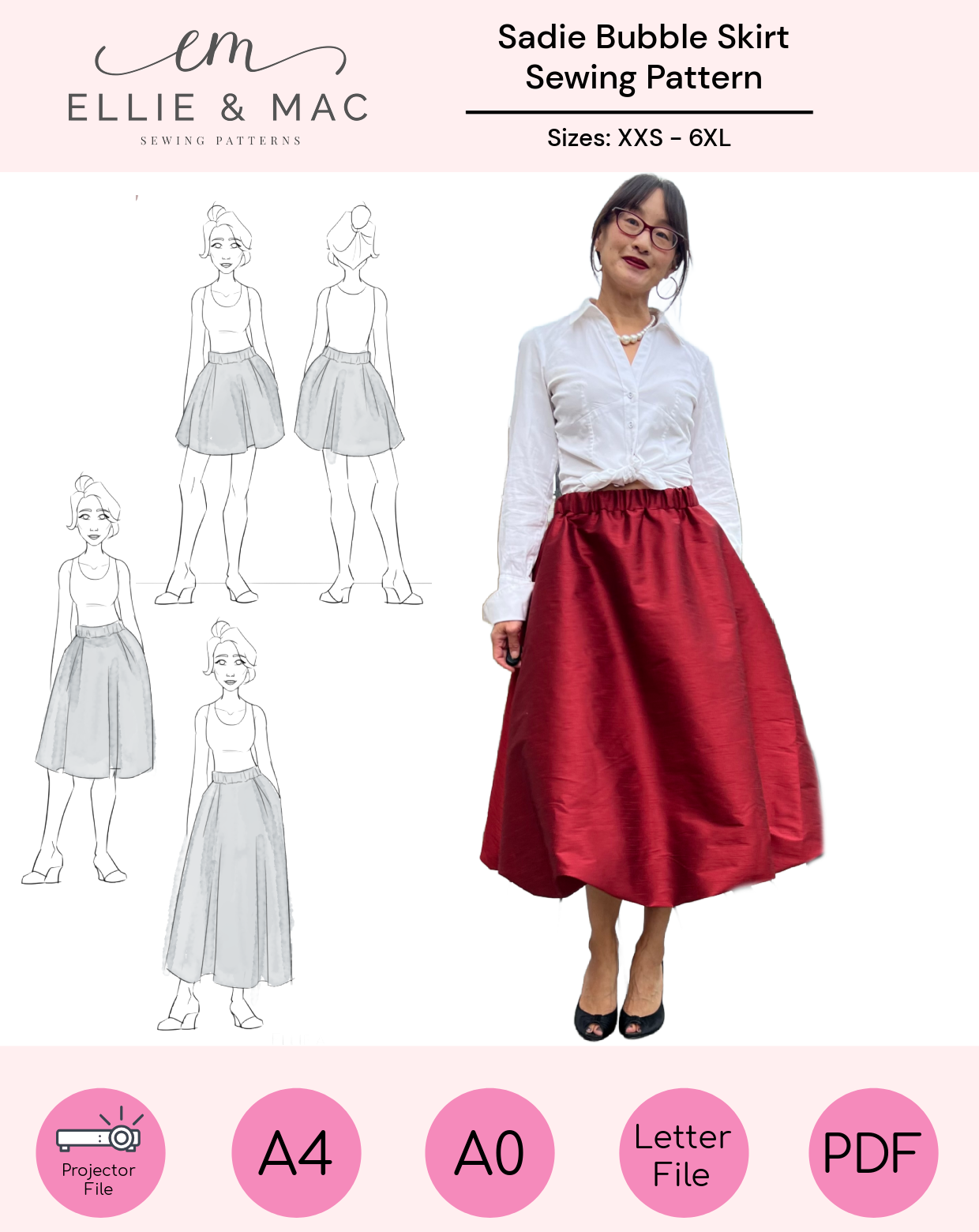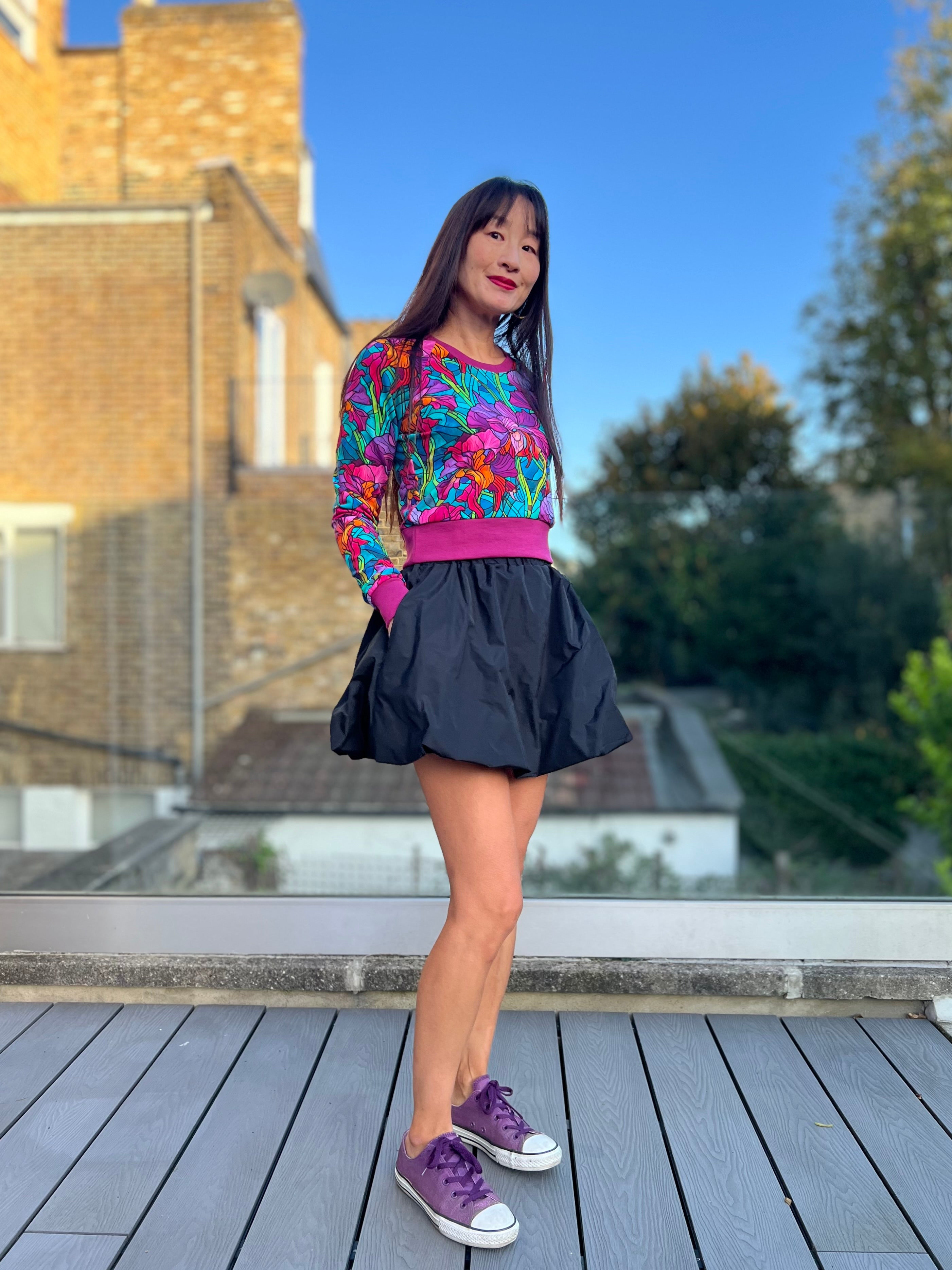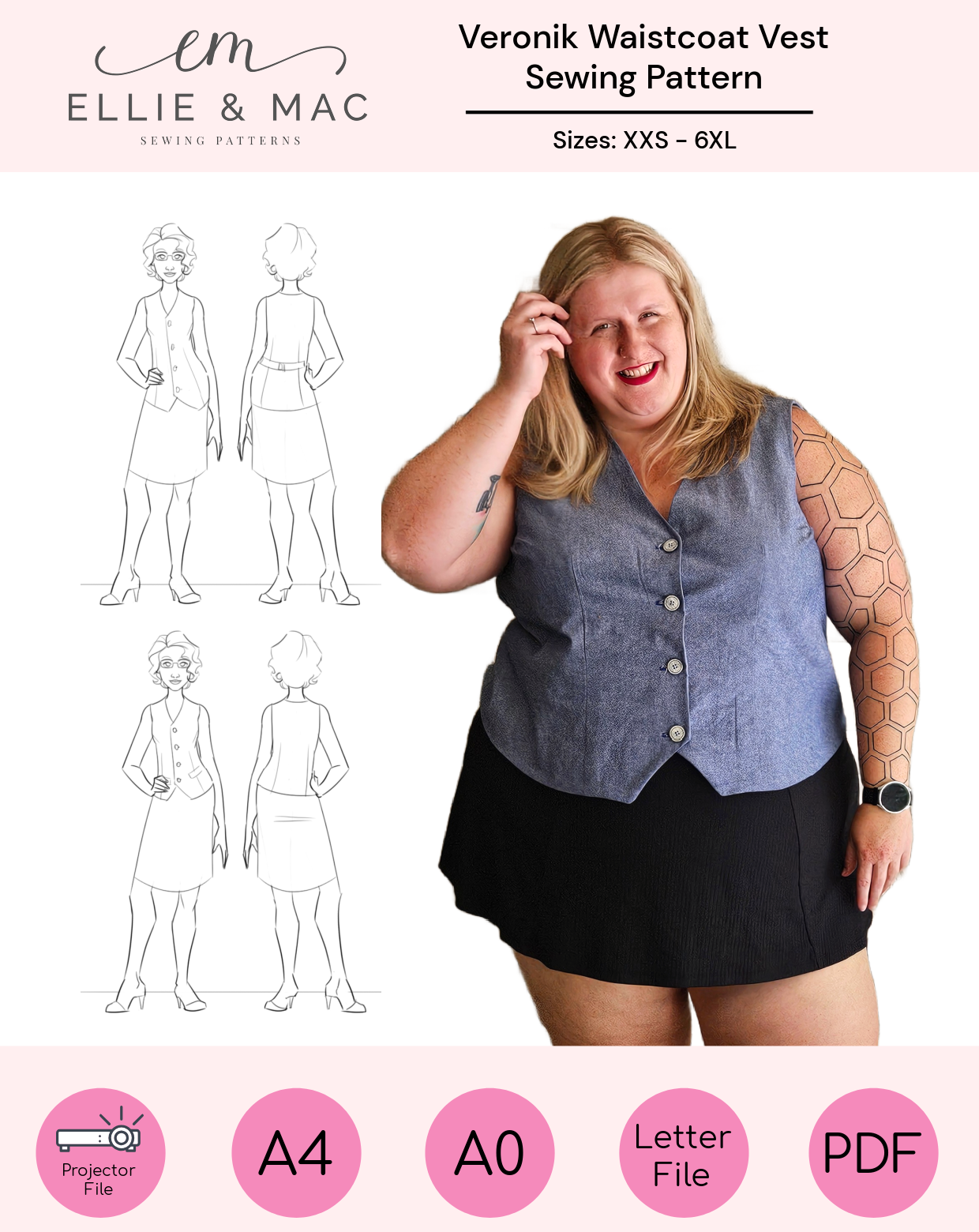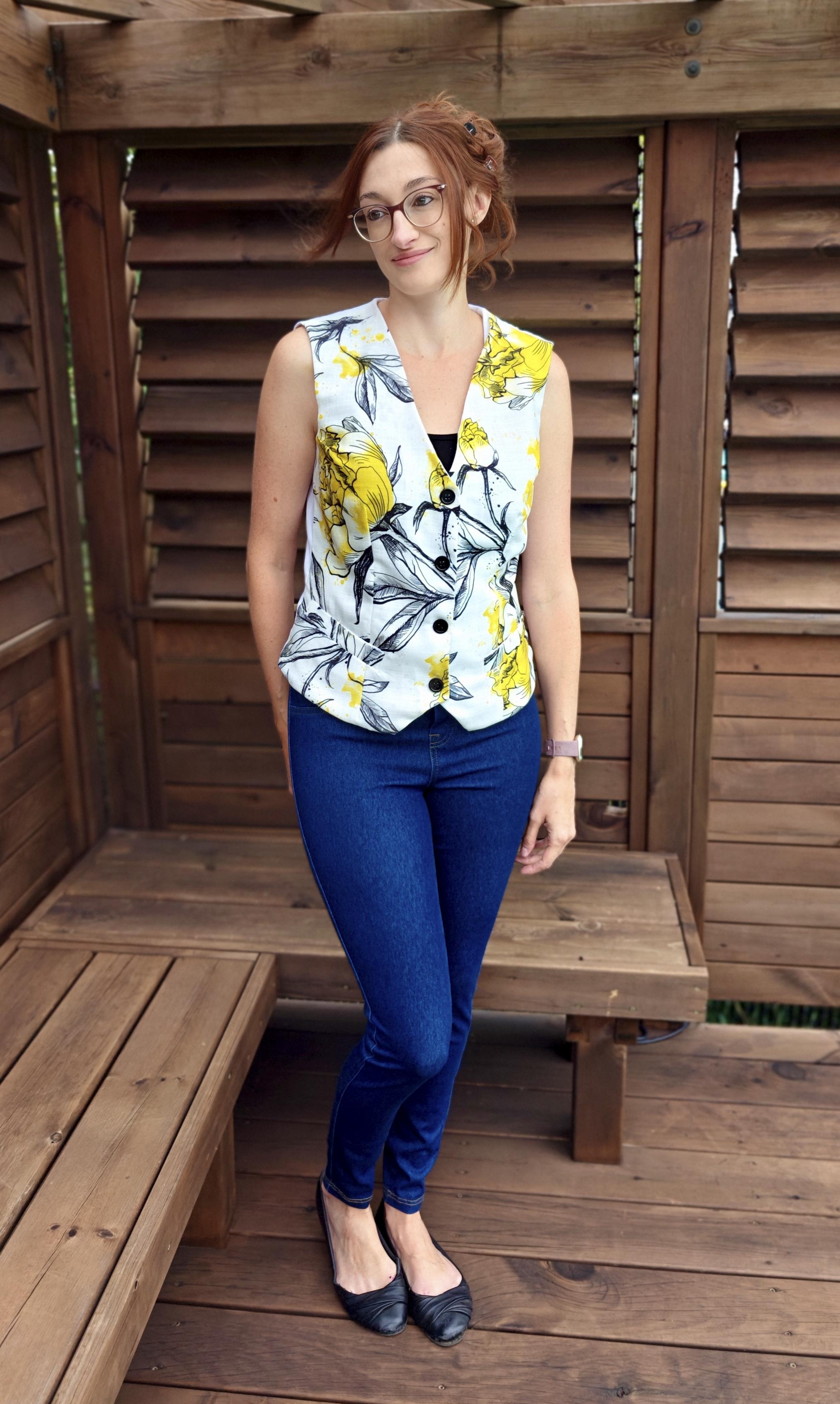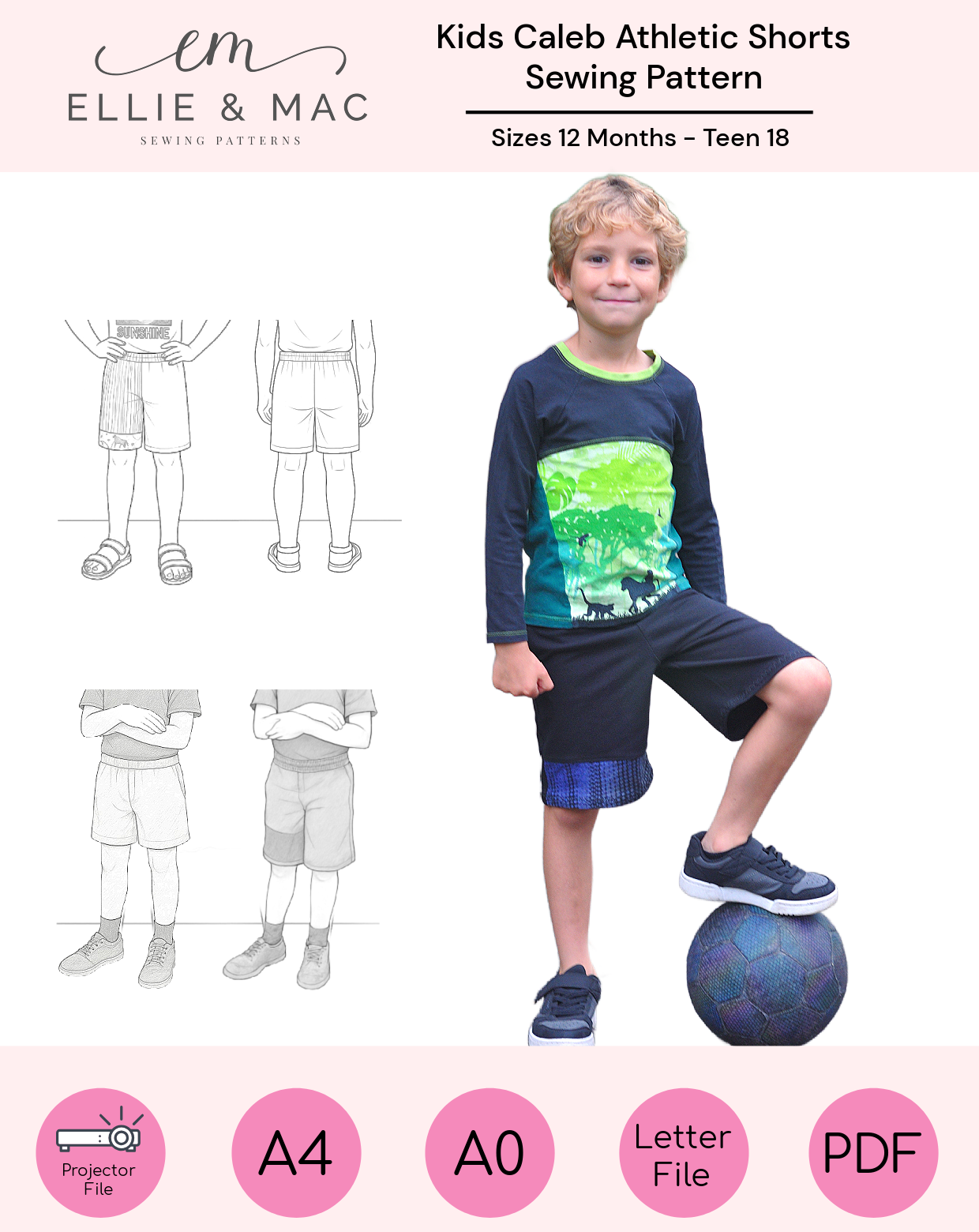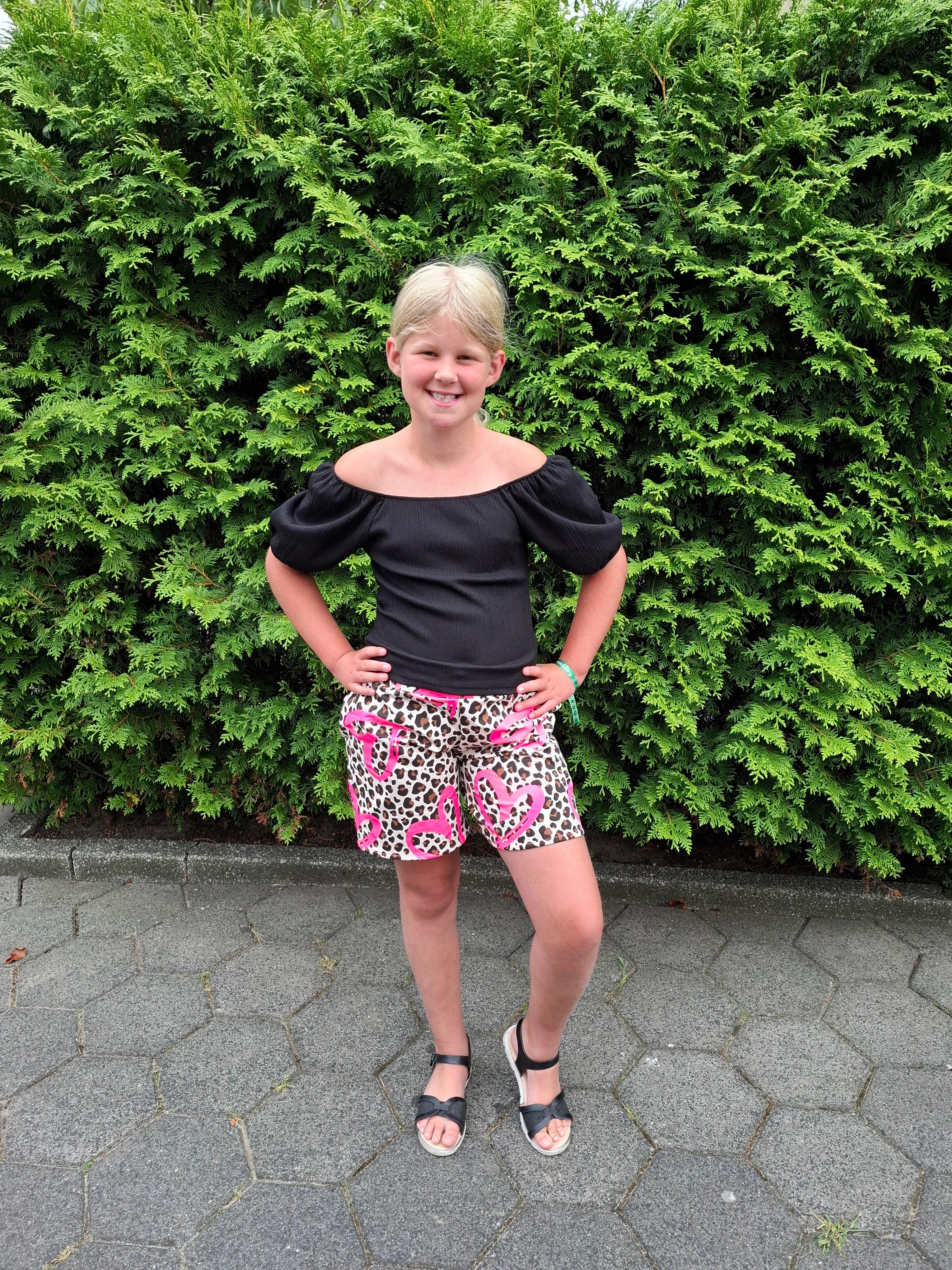Hello friends and strangers (otherwise known as friends I haven’t made yet!), my name is Zayna. If you’ve been around the Ellie and Mac Facebook group you’ve probably seen me there, or in the tester photos on the site for some of the patterns. I’m a long time fan of Ellie and Mac and have been sewing for around 22 years. Today I’m going to share with you a cause near and dear to me: sustainable sewing.
In 2017 I was first introduced to the impact of textiles and garment manufacturing on the environment when the New York Textile Summit shared the statistic that 1.4 BILLION pounds of textiles and clothing end up in landfills each year, in just New York alone! A statistic that has sadly risen considerably around the globe with the major spike we see in ‘fast fashion’. While the culprit exists primarily in larger brands and clothing businesses, as home sewists there’s plenty of small ways we can do our part to reduce our environmental footprint.
Sustainability Tips for Preparing Your Patterns:
-
Use a projector:
-
A big phenomenon I love from the world of PDF patterns is utilizing a projector to cut your patterns. If you’ve ever opened up your downloads from Ellie and Mac after purchase on nearly every pattern available there’s an A0/Projector format which allows you to utilize Adobe and layers and project the pattern image straight down onto your fabric for cutting, eliminating considerable paper waste.
-
Projectors can work in most big or small spaces and there’s tons of options available; check out the Facebook Group: Projectors for Sewing as they offer tons of amazing resources and help getting started with projectors.

-
-
Save one-sided print jobs and reuse them:
-
In college I’d save all of my 8.5x11 one-sided papers from homework, misprinting, etc. and use the blank side to print on. Does this mean I have a bunch of patterns with random engineering and math homework on the back? Yes. But it saved tons of paper getting tossed!
-
-
Printer Paper from recycled materials:
-
In most places you’d buy paper it’s now super easy to find printer paper made from recycled materials
-
Sustainability Tips for Sewing:
-
Use thread made from recycled water bottles
-
This was one of the coolest finds for me, a few years ago I learned that a brand of thread I like, Guttermann, makes a sewing thread from recycled water bottles. I’ve used it for 5 years now and it sews just like any other polyester-sew-all thread. (I also save all of my empty thread spools and use them to wind trim and notions onto in my craft room)
-

-
Upcycle and sustainable fabric buying
-
In the Ellie and Mac Group you’ll find some pretty incredible upcycles, in fact there was a whole challenge for it! Where someone took a fashion piece or textile intended for another use, and turned it into an amazing wearable garment. For me when I make a toile or a muslin, I like to use old jersey and cotton bedsheets to ensure a good fit while saving extra fabric from production. If it’s something with a lengthy or large skirt, I’ll get a second use from the same sheets for another smaller toile like a t-shirt or dress for my baby.
-
Here’s an upcycle I did to make the Free Spirit Shawl:

-
Check your local thrift stores/Buy Nothing Groups/eBay, etc for houseware textiles; vintage textiles, curtain panels, sheets, table cloths, etc. are all perfect for upcycle projects, you can usually find them at good prices and it keeps another few pounds of textiles out of the landfill. Just make sure to prewash before using!
Here’s an Ellie and Mac Be Bold Dress I made with thrifted fabric:

-
Purchase deadstock: Deadstock fabrics are leftover when a fashion label, brand or designer finishes a big collection and they had purchased or produced loads and loads of fabric for it. Distributors will sell off the “deadstock” fabrics to textile and fabric companies for the public to buy at an affordable price, keeping these excess high-end fabrics from ending up in the trash. You get some amazing quality fabrics and help the planet! (Some awesome examples I have in my deadstock collection include Nike deadstock, Prada, and countless Italian designer deadstock prints and fabrics)
Here’s some examples of those deadstock fabrics:

Let's talk scrap!

One of the biggest offenders of textile waste is scraps; now I do get it having the option to hoard scraps isn’t always available, but if you keep them like I do, here’s some ideas on helping keep even more textiles out of the landfill by using those scraps:
-
Scraps for stuffing: use those scraps to fill in projects such as
-
Dog beds
-
Ellie and Mac Stuffy Ball: https://www.ellieandmac.com/products/stuffy-ball-pattern
-
Ellie and Mac Makayah Flower Pillow: https://www.ellieandmac.com/products/makayah-flower-pillow-sewing-pattern
-
Ellie and Mac Sweet Heart Pillow: https://www.ellieandmac.com/products/sweet-heart-pillow-sewing-pattern
-
-
Piecing
-
Create a cool upcycled piece by grouping together like-color palette scraps and piecing them together, then cut those pieced lengths and sew into a pattern of your choice
-
-
Scrap Busting Patterns:
-
For larger scraps Ellie and Mac have some great scrap-buster patterns:
-
Sew Scrappy (Adult) https://www.ellieandmac.com/products/sew-scrappy-top-pattern
-
Sew Scrappy (Kids) https://www.ellieandmac.com/products/kids-sew-scrappy-top-pattern
-
Ear Warmer (free!) https://www.ellieandmac.com/products/ear-warmer-pattern
-
Scrunchie (free!) https://www.ellieandmac.com/products/hair-scrunchie-pattern
-
Baby bib and teether set https://www.ellieandmac.com/products/baby-bib-bunny-ears-teether-pattern
-
And sew many more!
-
-
I turned these scraps from my Ellie and Mac Jersey Skirt into the Ear Warmer!

-
Donating/Sewing for charity
-
One of my favorite uses for my scraps is sewing hats for NICU babies and cancer patients in my local hospitals, as well as hand warmers and blankets. Some memory care facilities also take enrichment activity blankets/taggie blankets/scraps for senior citizens. Most facilities will have publicly available lists of projects or ideas of what you can donate.
-
If you don’t have enough hours in the day to sew extra items like these, some facility coordinators will have contacts of people who take donations of scraps and turn them into beautiful pieces for those in the hospitals. For example, I don’t really do quilting but for years I donated scraps to my local Project Linus chapter to make quilts for sick children.
-
Have your own sustainable sewing ideas? I’d love to hear them, find me on Instagram as BluestockingSewing or around the Ellie and Mac Facebook Group and help us drive sustainability in sewing!
(Written by: Zayna Thomas)
